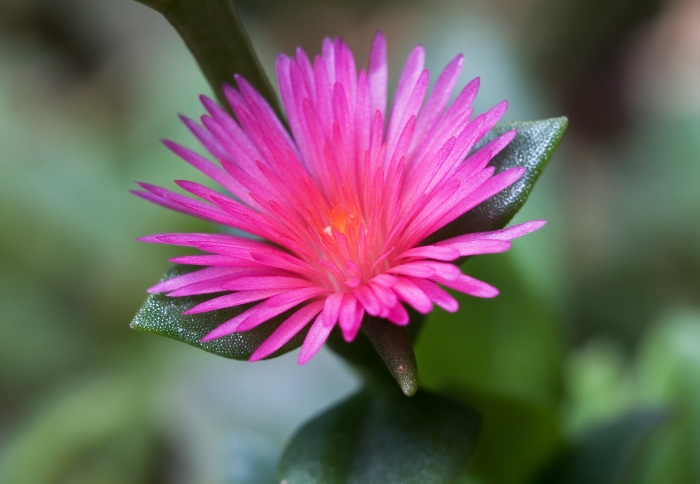Heart-Leaf Iceplant
(Mesembryanthemum cordifolium)
Heart-Leaf Iceplant (Mesembryanthemum cordifolium)
/
/

JJ Harrison (https://www.jjharrison.com.au/)
CC BY-SA 2.5
Image By:
JJ Harrison (https://www.jjharrison.com.au/)
Recorded By:
Copyright:
CC BY-SA 2.5
Copyright Notice:
Photo by: JJ Harrison (https://www.jjharrison.com.au/) | License Type: CC BY-SA 2.5 | License URL: https://creativecommons.org/licenses/by-sa/2.5 | Uploader: JJ Harrison | Publisher: Wikimedia Commons | Title: Aptenia_cordifolia_1.jpg | Notes: {{Information |Description={{en|''[[:en:Metopium toxiferum|Metopium toxiferum]]'', Key State Park|Long Key State Park]], [[:en:Monroe County, Florida|Monroe County, Florida]].}} |Source=Own work. |Date=created 20 May 2014 |Author=M
























































Estimated Native Range
Summary
Mesembryanthemum cordifolium, commonly known as heart-leaf iceplant, is an evergreen perennial herb or subshrub native to coastal dunes and sandy areas in Eastern South Africa, extending to KwaZulu-Natal. It is a member of the Aizoaceae family, characterized by its succulent nature. The plant forms a creeping, mat-like ground cover from a woody base, with stems that can reach up to 60 centimeters (24 inches) long, while the height is typically around 10 centimeters (3.9 inches). The heart-shaped, fleshy leaves are a distinctive feature, and the bright pink to purplish flowers are solitary, appearing in the leaf axils. These blooms open during the day and close at night or during cloudy weather, with a flowering season that extends from spring to fall. The flowers are moderately showy, adding a splash of color to the landscape.
The heart-leaf iceplant is valued for its drought tolerance, rapid growth, and ability to suppress weeds, making it an excellent ground cover. It thrives in sunny locations with well-drained soil and is often used in rockeries, as a ground cover in traffic islands, and in hanging baskets where its trailing branches can cascade attractively. While it is not frost-hardy, it can be grown in containers in colder regions. Care should be taken when planting this species, as it can become invasive outside its native range, potentially disrupting local ecosystems.CC BY-SA 4.0
The heart-leaf iceplant is valued for its drought tolerance, rapid growth, and ability to suppress weeds, making it an excellent ground cover. It thrives in sunny locations with well-drained soil and is often used in rockeries, as a ground cover in traffic islands, and in hanging baskets where its trailing branches can cascade attractively. While it is not frost-hardy, it can be grown in containers in colder regions. Care should be taken when planting this species, as it can become invasive outside its native range, potentially disrupting local ecosystems.CC BY-SA 4.0
Plant Description
- Plant Type: Succulent
- Height: 0.3-0.5 feet
- Width: 1-2 feet
- Growth Rate: Rapid
- Flower Color: Pink, Purple, Red
- Flowering Season: Spring, Fall
- Leaf Retention: Evergreen
Growth Requirements
- Sun: Full Sun
- Water: Low, Medium
- Drainage: Medium
Common Uses
Erosion Control, Fire Resistant, Groundcover, Low Maintenance, Rock Garden, Salt Tolerant, Showy Flowers, Street Planting
Natural Habitat
Native to coastal dunes and sandy areas in Eastern South Africa
Other Names
Common Names: Heartleaf Iceplant , Baby Sun Rose , Red Aptenia , Rooi Brakvygie , Herzblättrige Aptenia , Rocio
Scientific Names: Aptenia cordifolia , Mesembryanthemum cordifolium , Litocarpus cordifolius , Ludolfia cordifolius , Mesembryanthemum tetrasepalum , Tetracoilanthus cordifolius
GBIF Accepted Name: Mesembryanthemum cordifolium L.fil.